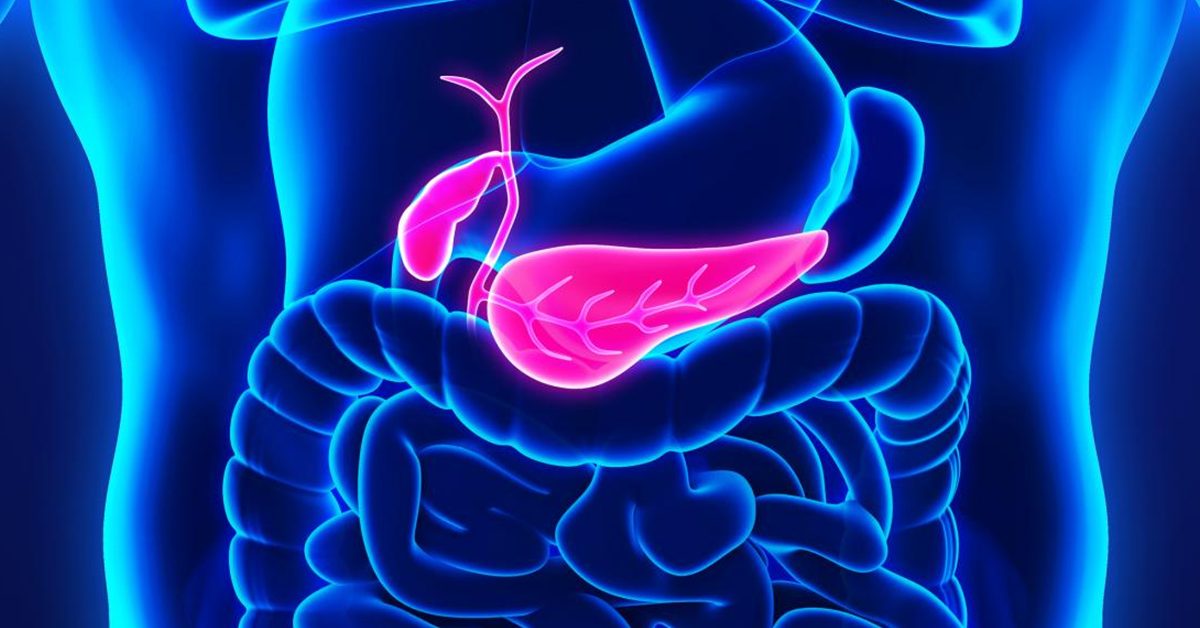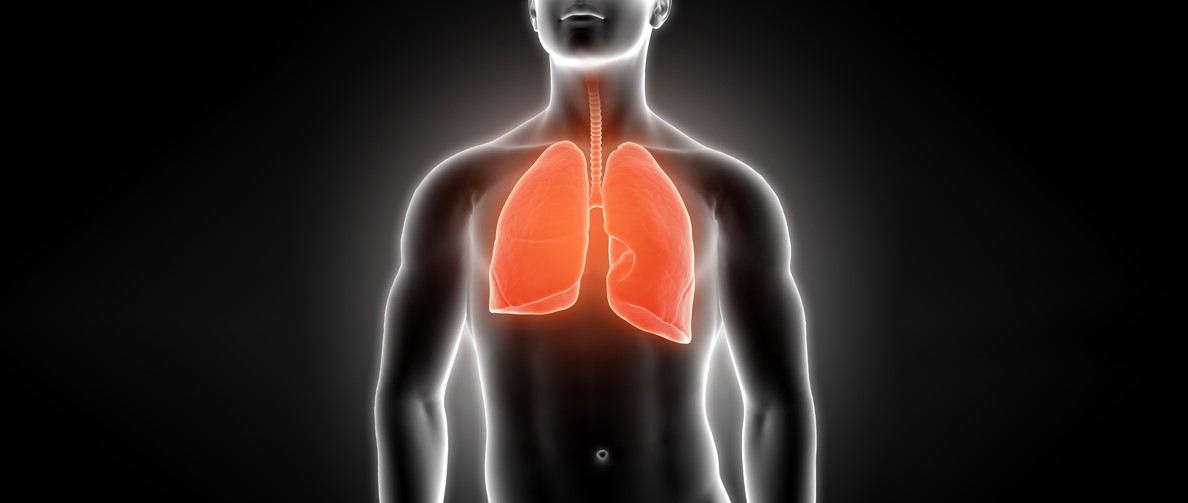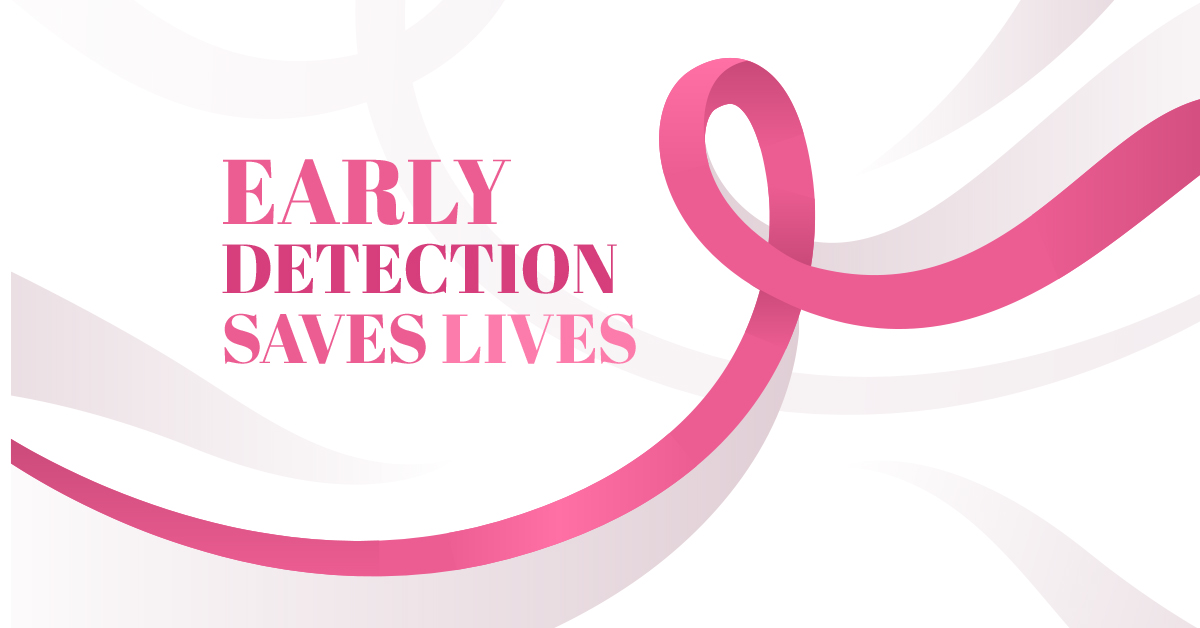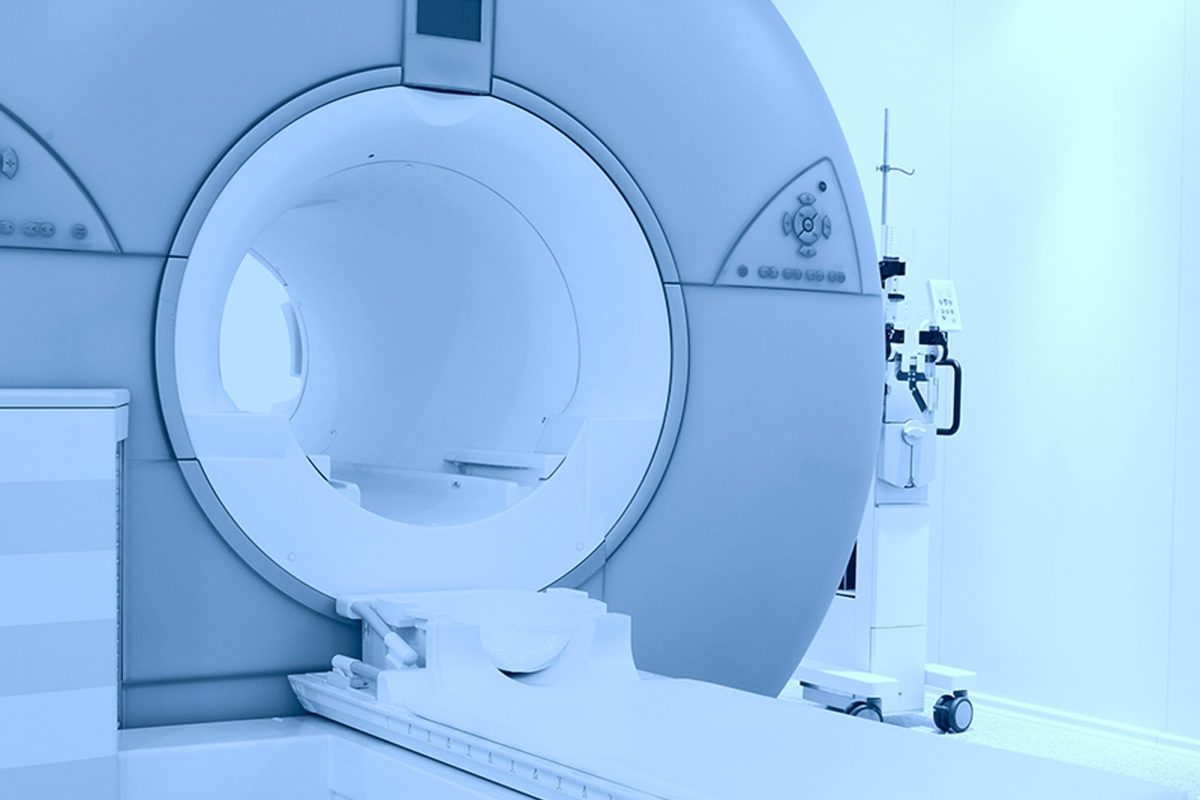Did you know, about 70% of the causes of cancer are avoidable? Yes, there may not be a 100% guaranteed way of completely preventing the disease but you can surely reduce the risk.
Blogs
The pancreas is located in the depths of our body. That is why the symptoms of pancreatic cancer aren’t visible until it reaches the advanced stage. No wonder, it is known as the world’s toughest cancer and therefore prevention is better than cure.
Lung cancer is said to be the most widespread type of cancer in the world. As per the WHO, lung cancer alone was responsible for 1.7 million deaths in 2015. But did you know lung cancer is not just of one type? Most of the time, the type of treatment is decided based on the lung cancer type one is suffering from. The classification of lung cancer is made on the basis of various factors.
Prostate is a gland in the male reproductive system which helps in the production of the semen. As per a report, the incidences of prostate cancer are increasing rapidly in India and are likely to double by 2020. Here’s all you need to know about prostate cancer: Prostate cancer risk factors- The risk of prostate cancer increases if you - Are above 50 years of age.
As per WHO, every year, there are about 1.38 million new cases and 458,000 deaths from breast cancer. Prevention and early detection are the only ways of battling this disease, successfully.
In medical terms, head and neck cancer refers to a group of cancers that develop in the mouth, throat, larynx, nose, sinuses or salivary glands. In India it accounts for nearly 30% of all cancers and 60% to 80% of the patients are diagnosed at the advanced stage of the disease. In about 75% cases, head and neck cancer is caused due to consumption of alcohol or tobacco. The condition is often curable, if it is diagnosed well in time and treatment usually includes a combination of chemotherapy, radiation therapy and targeted therapy.
While a computed tomography (CT) scan presents a detailed image of tissues and organs inside the human body, a positron emission tomography (PET) scan detects and shows abnormal activity. By combining the two imaging techniques, one can get detailed cancer information, learn its stage, and chart the course of treatment. The hybrid device, pet CT has revolutionized the face of medical diagnosis by the amalgamation of functional information obtained by PET and structural details of CT scans to provide precise and localized results.
One of the most common causes of mortality all over the world, cancer has spread across all demographics, age, and gender. It is estimated that 2.25 million people in India are diagnosed with cancer every year, and over 7,84,821 people die of cancer every year. Research studies have proven that certain changes in lifestyle and diet can greatly reduce the risk of cancer.
One of the biggest endocrine glands, the thyroid gland affects almost every cell in the human body. It is responsible for the regulation of the metabolism and weight by controlling the fat-burning process. Apart from this, thyroid hormones are also required for the growth and development of children and in nearly every physiological process in the body. Weighing somewhere between 20 and 60 grams, the thyroid gland is a butterfly-shaped gland found inside the neck, right under the larynx or voice box.
Breast cancer is one of the most common cancer among women in India. But the good news is that breast cancer isn’t what it was years ago. Survival rates of breast cancer cases are higher now. Thanks to greater awareness, early detection, and advances in treatment.

 Call-an-Ambulance
Call-an-Ambulance













